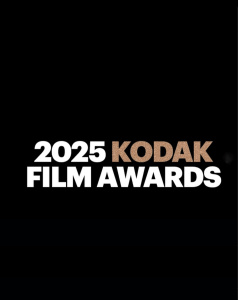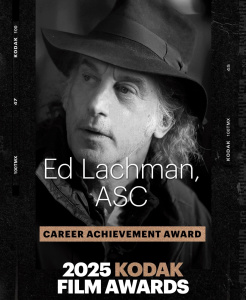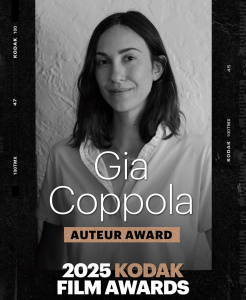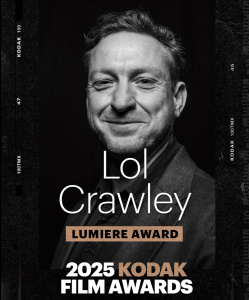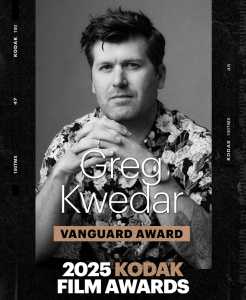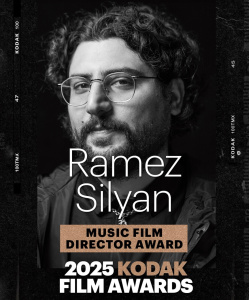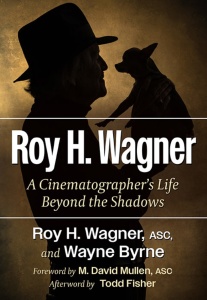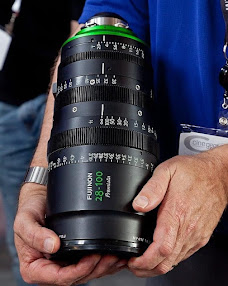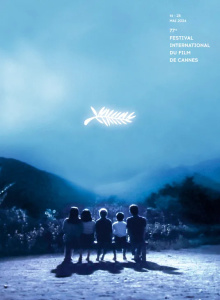Master Class: One Cinematographer. One Film. One Day.
Declan Quinn, ASC - Leaving Las Vegas
SATURDAY, DECEMBER 7, 2013
Registration: $50
In this Master Class, Quinn will deconstruct Leaving Las Vegas, scene-by-scene, while discussing his process, choices, obstacles, challenges - what worked and what didn't.
10:00 AM Screening: Leaving Las Vegas.
12:00 PM Catered Lunch.
1:00 PM Master Class
3:00 PM Day Ends.
About The Film
Leaving Las Vegas, Color, 111 min, Drama | Romance 27 October 1995 (USA)
Distributed by United Artists/ Park Circus
Ben Sanderson, an alcoholic Hollywood screenwriter who lost everything because of his drinking, arrives in Las Vegas to drink himself to death. There, he meets and forms an uneasy friendship and non-interference pact with prostitute Sera.
Leaving Las Vegas won Declan Quinn, ASC the first of three Independent Spirit Awards for Cinematography. In her October 27, 1995 New York Times review, Janet Maslin described his work as "subtly distinctive...a neon apparition, beautifully evoked by other worldly contrasts and lurid nocturnal light."
About Declan Quinn, ASC
Declan Quinn, ASC, is an Irish-American cinematographer and a three-time winner of the Independent Spirit Award for Best Cinematography.
Originally from Chicago, Illinois, Quinn spent several years growing up in Ireland before returning to the United States to earn a degree in film from Columbia College Chicago.
After working as a News Cameraman in Illinois, he returned to Ireland, where he was employed at Windmill Lane Studios in Dublin, filming several music videos and documentaries including U2: Unforgettable Fire (1984) and U2: Outside It's America (1987).
Quinn returned to the United States in 1986 and filmed videos for bands such as REM and SMASHING PUMPKINS. Maggie Greenwald’s The Kill Off was his first feature in the US. Since then, Quinn has collaborated with several top directors, including Louis Malle: Vanya on 42nd Street, Mira Nair on Kama Sutra: A Tale of Love, Monsoon Wedding, Vanity Fair and Reluctant Fundamentalist.
Quinn collaborated with his writer/director brother Paul Quinn and actor brother Aidan Quinn on This is My Father. He has also worked with director Jonathan Demme on Fear of Falling and most recently, the AMC pilot episode for Line of Sight. Additional credits include 2x4, which won him the Cinematography Award at the 1998 Sundance Film Festival, as well as Leaving Las Vegas, One True Thing, In America, Cold Creek Manor, Pride and Glory, Rachel Getting Married and The Private Lives of Pippa Lee. Quinn resides in the Hudson Valley, New York with his wife Edda where they raised four daughters.







































